What is time estimation, and how can it help you create realistic timelines? You are not alone if you have ever started a new project full of optimism, only to watch deadlines slip, stress build, and plans unravel.
Projects often begin with excitement and clear intentions, yet somewhere along the way, things go off track. Meetings run over, deliverables fall behind, and the project timeline stretches beyond what anyone expected.
Why does this happen so often? What small details are overlooked that cost teams valuable time and energy?
Think of time estimation like baking a cake without a recipe. You might assume it will take an hour, but if you forget to factor in preparation, baking, cooling, and decorating, your “one-hour” cake could quickly become an all-day event.
In project management, poorly estimating time leads to missed milestones, exhausted team members, frustrated stakeholders, and cost overruns that impact your workflow.
Understanding how to master time estimation is the first step toward solving these challenges. Accurate time estimates build smarter plans, better resource allocation, stronger project schedules, and more confident teams.
Keep reading to learn how to fix the root problems behind unrealistic project timelines.

Table of Contents
- What is time estimation?
- Why does accurate time estimation matter?
- 5 common challenges in time estimation
- 6 factors to consider when estimating task duration
- 7 proven time estimation techniques for project success
- Steps to improve your task time estimation
- What is the estimated time to complete (ETC)?
- How employee time tracking improves time estimation
- Project management tools that integrate with Time Doctor
What is time estimation?
Time estimation predicts how long it will take to complete a task, a group of tasks, or the entire current project.
It plays a central role in project management because it influences almost every part of the workflow.
At its core, time estimation is about building a roadmap for how work will be done. You estimate the time needed for individual tasks, more extensive deliverables, and the entire project scope.
In project planning, time estimation becomes the backbone that supports effective time management, resource allocation, and scheduling.
Why does accurate time estimation matter?
1. Accurate time estimation builds a strong foundation
Accurate time estimation serves as the starting point for every other project decision. When you can confidently predict the time tasks will take, you create a strong foundation for project planning and execution.
2. Helps create realistic project schedules
It helps you build realistic project schedules that guide your team members through milestones without last-minute scrambles. It also plays a critical role in avoiding cost overruns by keeping projects aligned with both budgets and timelines.
3. Improves communication with stakeholders
When time estimates are realistic, communication with stakeholders becomes much clearer. Stakeholders know what to expect and when, which helps build trust and keeps everyone on the same page.
4. Supports smarter resource allocation
Accurate time estimation supports smarter resource allocation. You can assign workloads fairly, plan around team availability, and manage the flow of project tasks without overwhelming individuals. This balance leads to better productivity and higher team morale.
5. Reducing the risk of missed deadlines
Good time estimation reduces the risk of missed deadlines. Instead of constantly rushing, teams can move through deliverables sustainably, maintaining quality while staying on track.
6. Boosts the chances of a successful project
Ultimately, accurate time estimation boosts the chances of completing a successful project, meeting project scope requirements, and achieving all key deliverables. It transforms project management from a reactive scramble into a proactive, controlled process where every step is carefully planned.
5 common challenges in time estimation
1. Planning fallacy: Underestimating task duration
The planning fallacy happens when teams underestimate how long tasks will really take. For example, estimating a client proposal will take two hours, even though past projects show that it often takes four. This mistake causes project schedules to fall behind.
2. Overlooking dependencies between project tasks
Many project tasks depend on others being finished first. Forgetting these links creates delays across the project timeline. Imagine launching a campaign without the final design assets ready. One delay throws off the entire schedule.
3. Ignoring historical data from past projects
Ignoring historical data means missing clear patterns from past work. For example, starting new software development without checking how long similar projects took can lead to unrealistic time frames and missed milestones.
4. Overtrusting initial estimates without review
Early estimates are helpful, but projects often change. Trusting original forecasts too much leads to setbacks. An IT upgrade scoped for one week can stretch to three once new system requirements appear.
5. Skip extra time buffers for unexpected issues
Every project faces surprises. Skipping time buffers means there is no room for delays. For example, back-to-back meetings without breaks can cause the day’s schedule to collapse when one runs long.
Missing these common challenges makes it harder to complete a successful project within the planned scope, time frame, and budget.
6 factors to consider when estimating task duration
Accurately estimating time means thinking about more than just the task itself. Here’s what you need to factor in:
1. Task difficulty and complexity
Some tasks are simple, while others involve multiple steps, technical work, or detailed reviews. Complex project tasks naturally take longer.
For example, writing a quick email is faster than preparing a full product launch report. Always consider how much work is hidden beneath the surface.
2. Level of experience with similar projects
Familiarity speeds up task completion. You can move faster through known workflows if you have worked on similar projects before. On the other hand, when the team faces a new type of challenge, everything takes longer.
For instance, launching a new software tool for the first time usually requires extra hours for learning and adjustments.
3. Available resources and tools
Having the right tools, people, and software makes a difference. A design project will move faster with access to high-quality design software and skilled team members. When resources are missing or limited, even simple tasks stretch beyond the expected time frame.
4. Potential roadblocks and risks
Delays often come from outside the team’s direct control. Technical issues, miscommunication, approval bottlenecks, and waiting on stakeholders can slow things down.
For example, a website launch can stall for days if you wait for final client feedback on design changes.
5. Deadline pressure and non-negotiable dates
Some projects have fixed deadlines. A product release tied to a major event or a regulatory submission date cannot move.
When deadlines are rigid, you must plan more carefully and expect that estimating errors could have more considerable impacts.
6. Other commitments and parallel tasks
Meetings, daily check-ins, and side-projects eat into the time available for project work. Even when tasks seem small, adding other commitments changes the actual availability. If a team member is also assigned to multiple projects, the timeline for deliverables may stretch without proper time management.
Each of these factors directly affects the accuracy of your time estimation. Recognizing them early helps you build more reliable project schedules and manage team resources more effectively.
7 proven time estimation techniques for project success
1. Historical data analysis
Reviewing similar past projects or tasks gives a better starting point for new time estimates. For example, if past website redesigns took an average of six weeks, it is safer to plan similar projects around that timeframe rather than guessing.
2. Bottom-up estimation
Divide large deliverables into smaller, manageable tasks using a work breakdown structure (WBS).
For example, a marketing campaign can be broken into smaller tasks like creating content, designing visuals, and scheduling posts. Estimating each task individually leads to a more accurate and complete project timeline.
3. Top-down estimation
Start by setting an overall timeframe for the entire project, then break it down into parts. For example, if the leadership team gives three months to complete a product launch, you would divide that time across all the major milestones needed, from product development to marketing.
4. Three-point estimation
Consider three different scenarios:
- Optimistic (everything goes better than expected)
- Pessimistic (everything runs into obstacles), and
- Most likely (normal workflow).
For example, creating a software update might take 2 weeks in an optimistic case, 5 weeks if issues arise, and 3 weeks under normal conditions.
5. Critical path method (CPM)
Identify the longest chain of dependent tasks that must happen in sequence. For example, in event planning, finding a venue, booking it, and getting permits are all dependent. Managing the critical path helps predict the project timeline more precisely.
6. PERT (Program Evaluation and Review Technique)
Use weighted averages to estimate task durations, especially for complex projects. For example, the optimistic timeline for building a new app feature is 20 days. In that case, the pessimistic is 50 days, and the most likely is 30 days. You use the PERT formula to calculate a more realistic average.
7. Expert judgment
Leverage insights from experienced team members or industry experts. For example, a senior developer who has delivered similar projects can provide a time estimate far more reliably than pure guesswork.
These proven techniques make your time estimates more reliable and your project schedules more achievable.
Steps to improve your task time estimation
Step 1: Break down the work
Start by splitting the project into smaller, more detailed tasks. For example, instead of “launch marketing campaign,” list tasks like “write social media posts,” “design graphics,” and “schedule content.” Smaller tasks are easier to estimate accurately.
Step 2: Track actual work hours
Use employee time tracking software to record the actual hours spent on each task. Over time, this gives you a clearer picture of how long similar tasks will take in future projects. For instance, if writing a blog post consistently takes four hours, you can plan better next time.
Step 3: Reassess your estimates regularly
- As the project moves forward, compare your initial estimates with real-time progress. If tasks take longer than expected, adjust your project timeline early instead of waiting for a crisis.
Step 4: Include time for communication and meetings
- Projects are not just about deliverables. Plan time for team check-ins, client updates, and internal reviews. For example, if a project update call happens weekly, build that into your time estimation.
Step 5: Build in extra buffer time
- Always allow space for the unexpected. Adding a 10–20% buffer to each major milestone helps prevent last-minute panic when obstacles appear, such as last-minute client edits or technical delays.
Step 6: Communicate changes with stakeholders
- If you adjust your timeline, make sure stakeholders know early. Clear updates help reset expectations before missed deadlines cause bigger problems.
Step 7: Prioritize high-impact tasks
- Focus on estimating and scheduling the most critical project tasks first. If launch dates are tight, finalizing the product prototype should take priority over designing internal documentation.
Perfecting your time estimation methods takes practice, but sometimes, you need more than just steps and techniques.
You also need a way to measure how much time remains once work has already started. This brings us to an important concept in project management: the Estimated Time to Complete (ETC).
What is the estimated time to complete (ETC)?
Estimated Time to Complete (ETC) is a metric that predicts how much time is needed to complete the remaining work of a project or task. It’s used to update project forecasts based on current progress.
Imagine you are managing a website redesign project. You originally planned 100 hours to complete it. After working 60 hours, you realize unexpected challenges have increased the workload.
Using ETC, you can calculate how many more hours you need to finish the remaining tasks and adjust the project timeline accordingly.
How to calculate ETC?
There are two main ways to calculate ETC, depending on your project situation:

- EAC (Estimate at Completion) is your updated total time or cost prediction.
- AC (Actual Costs) is how much time or resources you have already spent.
For example, if your EAC is now 130 hours and you have already spent 60 hours, your ETC is 70 hours remaining.

- BAC (Budget at Completion) is the original planned budget or timeline.
For example, if your BAC was 100 hours and you have already used 60 hours, your ETC would be 40 hours remaining. This method works when the original budget still feels realistic.
Both approaches help recalibrate expectations mid-project, which improves decision-making and resource allocation and keeps stakeholders aligned with updated project forecasts.
How employee time tracking improves time estimation
Employee time tracking gives you the clearest picture of how work hours are truly spent. Instead of relying on guesswork, you use accurate data to:
- Analyze where time goes across individual project tasks.
- Improve estimates for future projects by using historical data.
- Spot inefficiencies in workflows and adjust quickly.
- Use team members’ time wisely and make better project management decisions.
This is where Time Doctor makes a major difference.
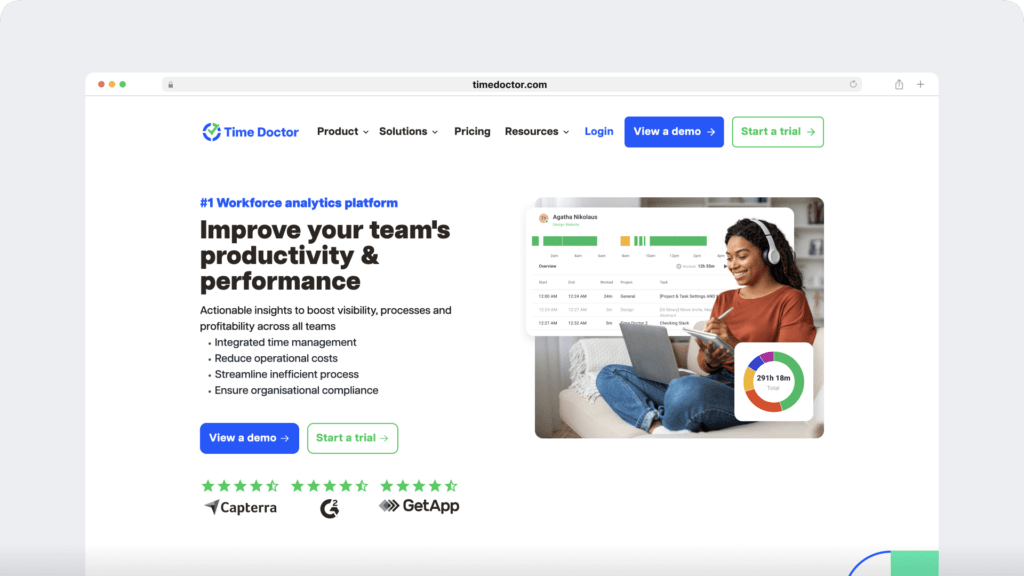
Time Doctor helps teams track time in real time across remote, hybrid, and in-office settings. It gives project managers access to detailed productivity analytics, employee monitoring (where needed), attendance, and time tracking insights that go beyond surface-level numbers.
With Time Doctor, you can:
- Automatically track time spent on individual tasks and projects.
- Get productivity reports to spot gaps, bottlenecks, or wasted hours.
- Monitor project timelines and attendance seamlessly.
- Generate workforce analytics that help you plan smarter.
- Integrate your time data directly with payroll and attendance systems.
- Support distributed workforce needs without adding manual tracking.
Whether you manage a small team or a complex distributed workforce, Time Doctor turns real-time data into smarter project planning and more accurate future estimates.
Project management tools that integrate with Time Doctor
To make employee time tracking even easier, Time Doctor integrates seamlessly with major project management software, including:
Trello

A flexible project management tool where you can create boards, lists, and cards to organize project tasks visually.
Asana
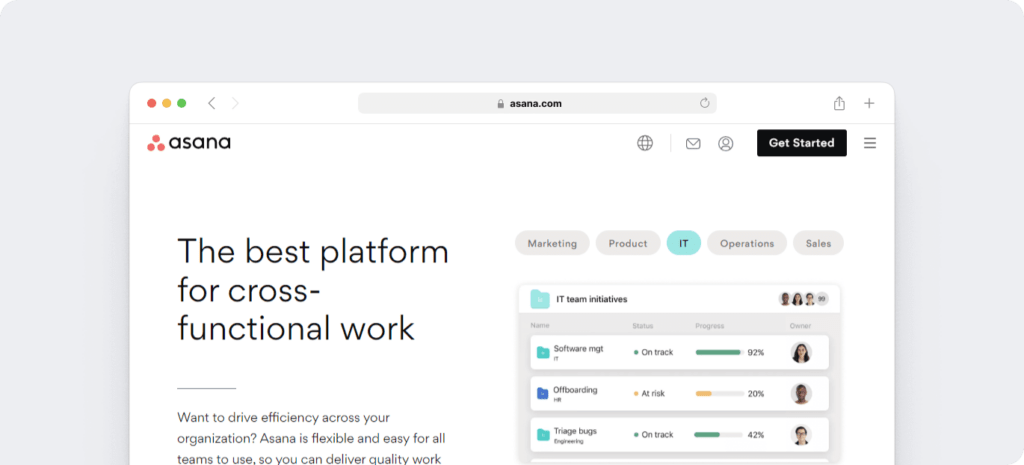
A task and project management platform that helps teams prioritize work, set deadlines, and manage workflows across different departments.
Jira
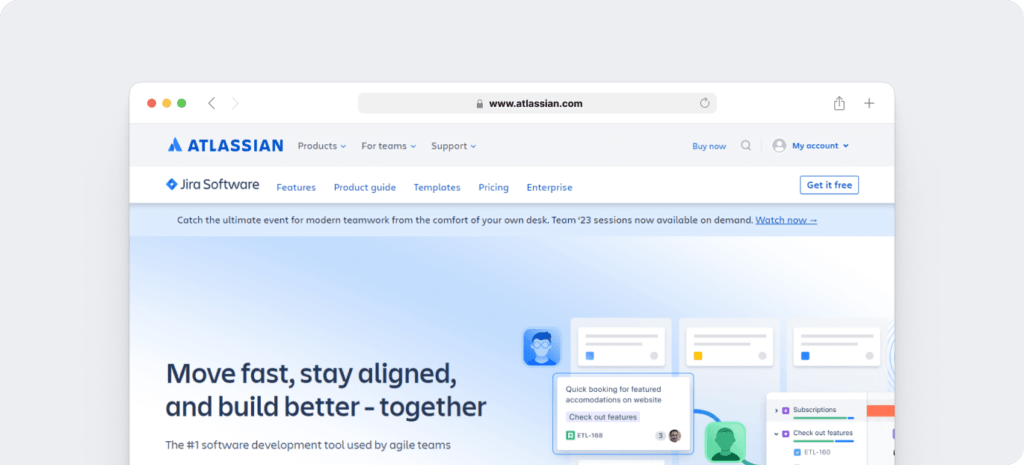
A tool mainly used in software development to track bugs, manage agile workflows, and organize project milestones efficiently.
ClickUp
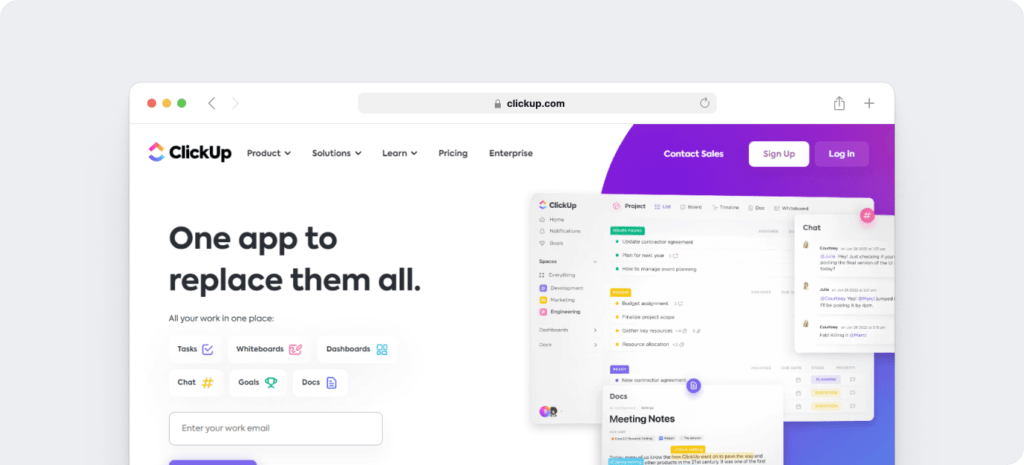
A comprehensive productivity platform that combines project management, docs, goals, and time tracking in one place.
Monday.com
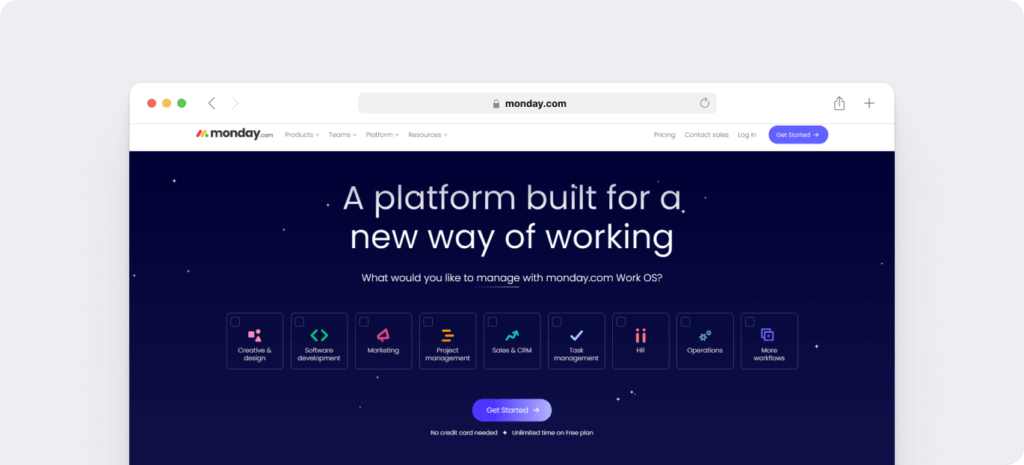
A work operating system that simplifies managing projects, tracking timelines, and collaborating with stakeholders through customizable boards.
Basecamp

An easy-to-use project management tool that combines to-do lists, file sharing, scheduling, and team communication.
Wrike
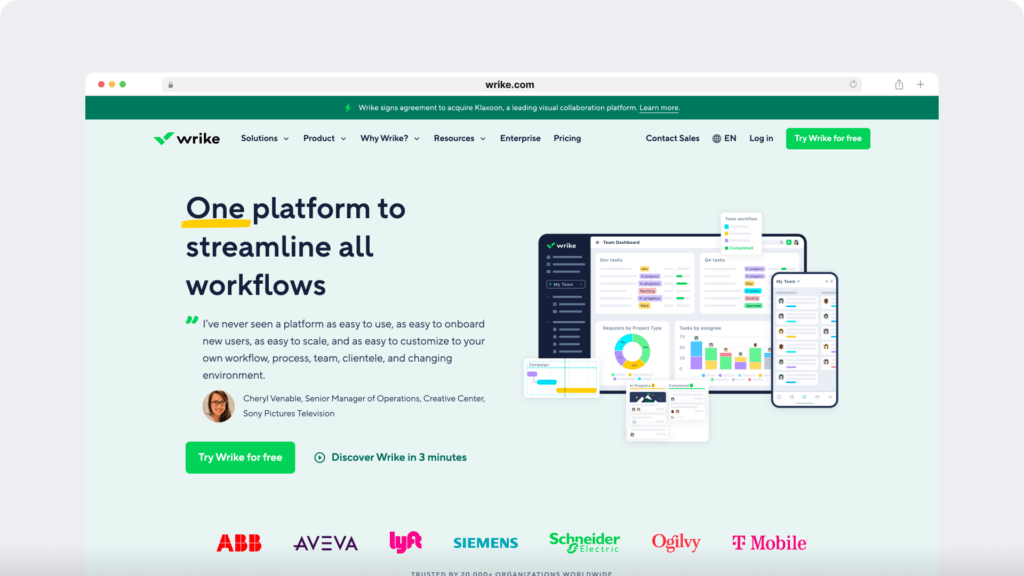
A collaborative project management solution that offers advanced workflow automation, resource management, and time tracking features.
Teamwork

A platform designed for client work that combines project management, time tracking, and billing into a straightforward solution.
Zoho Projects

A cloud-based tool that helps with project planning, tracking milestones, and improving team collaboration, especially for distributed workforces.
You can also integrate Time Doctor with your Gantt charts to visualize project schedules while tracking real-time progress.
These integrations streamline your workflow, allowing you to track time without jumping between tools. You can prioritize deliverables, stay aligned with project milestones, manage resource allocation smartly, and manage time more confidently.
Time Doctor’s powerful features make it the best employee time tracking solution to integrate with your favorite project management tools. It is the key to building realistic project timelines, optimizing your workflow, improving project estimation accuracy, and boosting your team’s productivity, whether remote, hybrid, or in-office.
If your goal is to improve time estimation, strengthen project planning, and build a more productive team, using Time Doctor gives you the data foundation you need to lead smarter, work faster, and complete projects with confidence.
Final thoughts: Build better workflows through smarter time estimation
Mastering time estimation is not about being perfect. It is about getting smarter with every project. Breaking down work, tracking time, using proven techniques, and learning from experience build stronger workflows. Realistic project timelines create more productive, confident teams that meet their goals.
Are your project timelines built on real employee insights, or are they still based on guesswork? What would it mean for your team if every task had a realistic deadline, every meeting had a clear purpose, and every project moved forward without last-minute scrambles?
Imagine the stress you could remove and the productivity you could unlock if your team had the right tools to track, manage, and predict time accurately.
Would your next project deliver faster, with fewer roadblocks and happier stakeholders?
There is a better way to plan and manage projects. It starts with mastering time estimation and using the time tracker to stay ahead.
Lead smarter and build a stronger team with Time Doctor.
Discover how you can transform your project planning and time management today.
Get a Demo and see Time Doctor in action for yourself.

Liam Martin is a serial entrepreneur, co-founder of Time Doctor, Staff.com, and the Running Remote Conference, and author of the Wall Street Journal bestseller, “Running Remote.” He advocates for remote work and helps businesses optimize their remote teams.


